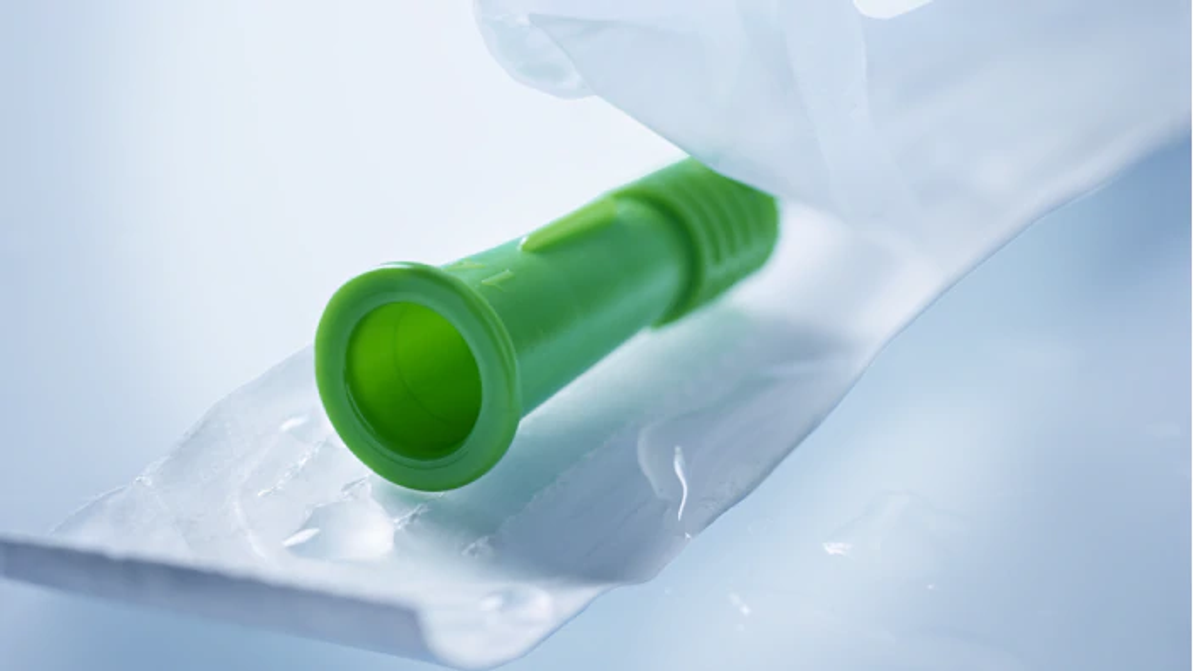Catheters: We Are Here to Answer Your Questions
Catheters, hollowed tubes, either vascular or enteral or for draining purposes are the most commonly used devices in the hospital setting. They are either placed by the surgeons or by other healthcare professionals, and to minimize associated adverse events, it is strongly recommended that trained personnel place them.
You'll be given a supply of catheter equipment when you leave the hospital. We appreciate your interest in Medisa.com.au so that you can get more supplies.
There are 2 main types of urinary catheter:
- intermittent catheters – these are temporarily inserted into the bladder and removed once the bladder is empty.
- indwelling catheters – these remain in place for many days or weeks, and are held in position by an inflated balloon in the bladder.
There are several different types of catheters, which are inserted and used in different ways. We offer catheters in a wide variety of different types, including:
- Straight catheters
- Coudé tip catheters
- Closed system catheters for no-touch catheterization
- Hydrophilic catheters
- Pre-lubricated catheters
- Travel catheters and pocket catheters for discretion
- Catheter kits with insertion supplies
And a variety of materials to suit each individual.
Problems:
Catheters should be checked for blockage, twisting of the tubing, or overfilling. The main risk of using a catheter is that it can sometimes allow bacteria to enter your body. So it causes a risk for infection, and their casual use should be avoided. When in place, their duration of use should be minimized.
Urinary catheters are made of latex or silicone; silicone catheters should be used for individuals with latex allergies. There is, however, no evidence to date of a decreased frequency of bacteriuria or CA-UTI with silicone compared to latex catheters.
- How to Use a Straight Catheter for Self-Catheterization (Male)?
Insert the catheter slowly and gently into your penis. Push the catheter in until you see urine flowing from the catheter. To be safe, push it in another inch once you see urine flowing to make sure it's fully inside your bladder. Hold the catheter in place until the urine flow stops.
- How to Use a Straight Catheter for Self-Catheterization (Female)?
Gently insert the catheter into the urethra opening until urine begins to flow out. Use a mirror to see better. Insert it about 2.5 centimeters (1 inch) more and let the urine drain into the container or the toilet.
- What are the risks of using Urinary Catheters?
One of the main disadvantages of using a catheter is getting bacteria into your body and increased complications such as discomfort, allergy or sensitivity to latex or infection.
- Is it normal having pain while using a catheter?
Using a catheter may be causing normal CRBD (catheter-related bladder discomfort) symptoms that include sharp pain, bloody urine, itching, or burning.
- What is the difference between men and women Catheters?
As men have a much longer urethra than women. Male catheters are usually up to 40 cm long and Female catheters are usually up to 20 cm long.
- How can I reduce risks of wearing a catheter?
Drink at least 2 liters of fluid a day, it will help to flush bacteria from your bladder and urinary tract and change bags weekly.
- Is it normal for a catheter to leak?
Sometimes there is urine leaking around the catheter therefore It's better to go to the emergency department immediately and visit a physician in order to find the reason.
- What causes urine to leak around the catheter?
Leakage around catheter caused by urine bypass. This can happen if the catheter is too small or not placed properly. Blocked catheter, bladder muscle spasms, and constipation can result in the same problem.
- What are dos and don'ts when a catheter falls out?
It should not fall out because it is held in place by a small balloon that is inflated with sterile water after the catheter is inserted into the bladder.
If you accidentally pull out your catheter, you must contact your doctor or nurse immediately or visit your local emergency department.
- How can I make the place clean for catheter care?
Wash your hands before and after touching the area where the catheter is inserted. Keep the area clean by washing it gently using mild soap. Rinse well and dry thoroughly afterwards.
Recent Posts
-
We're Moving to a New and Improved Location!
We are thrilled to announce a significant step forward for our company as we relocate to a larger an …3rd Mar 2024 -
Tips for Keeping Your Clinic Stocked with Essential Supplies
As a healthcare professional, ensuring that your clinic is stocked …28th Feb 2024 -
Why Medisa is Your One-Stop Shop for All Your Medical Supply Needs
When it comes to sourcing medical supplies and equipment for your healthcare facilit …26th Feb 2024


